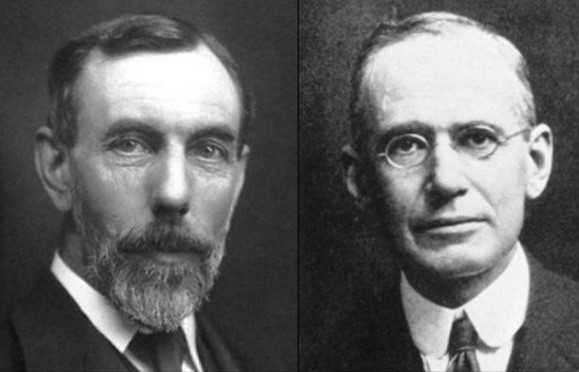History of the discovery of neon gas
After discovering argon and helium, the British chemist William Ramsay found that their properties were not similar to other elements that had been discovered, so he proposed to include a new family of chemical elements in the periodic table. Based on Mendeleev's hypothesis on the periodic classification of elements, he deduced that there should also be an element with an atomic weight of 20.

In 1896-1897, Ramsay, with the help of Travius, attempted to obtain his predicted element by heating rare metal minerals in the same way he had found helium. They tried a lot of ore, but they didn't find any. Finally they came up with the idea of separating the gas from the air. However, it is very difficult to remove argon from the air, and chemical methods are basically impossible to use. Only by first changing the air into a liquid state, and then taking advantage of the different boiling points of its components, let them become gases successively, and separate them out one by one. On 24 May 1898, Ramsay received a small amount of liquid air from the Englishman Hampson. Ramsay and Travius were the first to isolate krypton from liquid air. Then they liquefied and volatilized the separated argon repeatedly, collecting the volatile components. On June 12, 1898, they finally found neon, the element symbol Ne, from the Greek Neos (new).
- Prev: Electronic Special Gas Development Trend
- Next: None





 Facebook
Facebook YouTube
YouTube LinkedIn
LinkedIn Twitter
Twitter